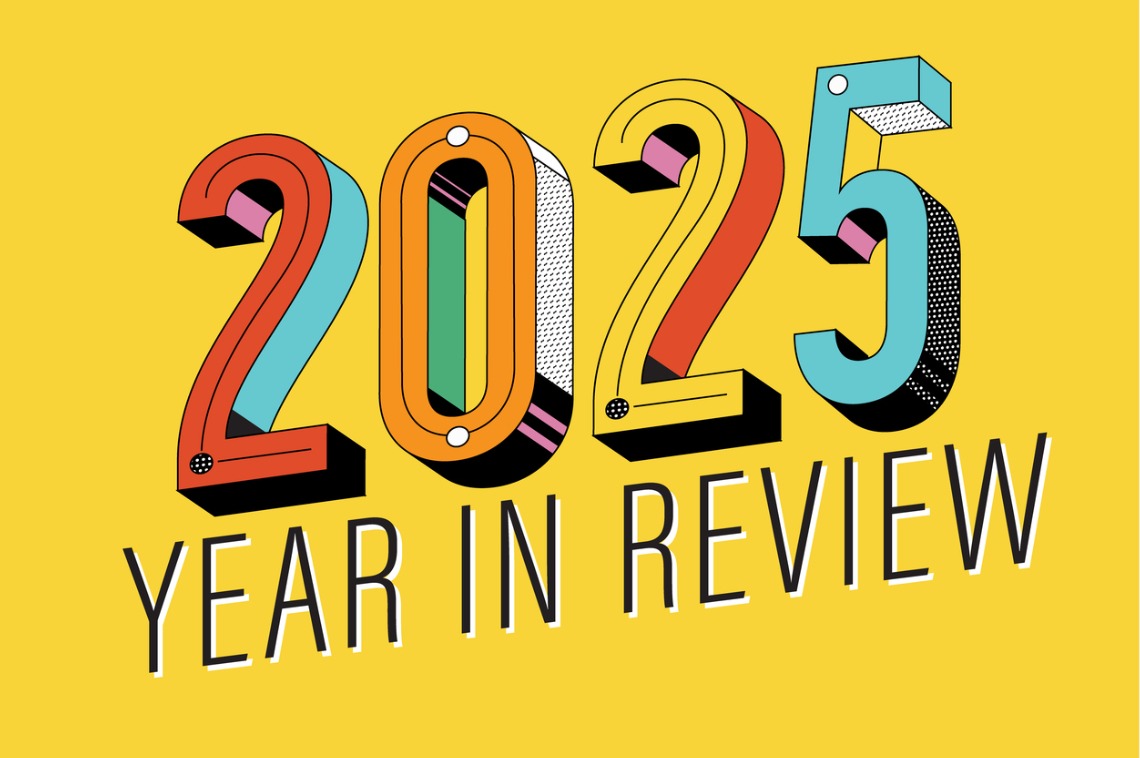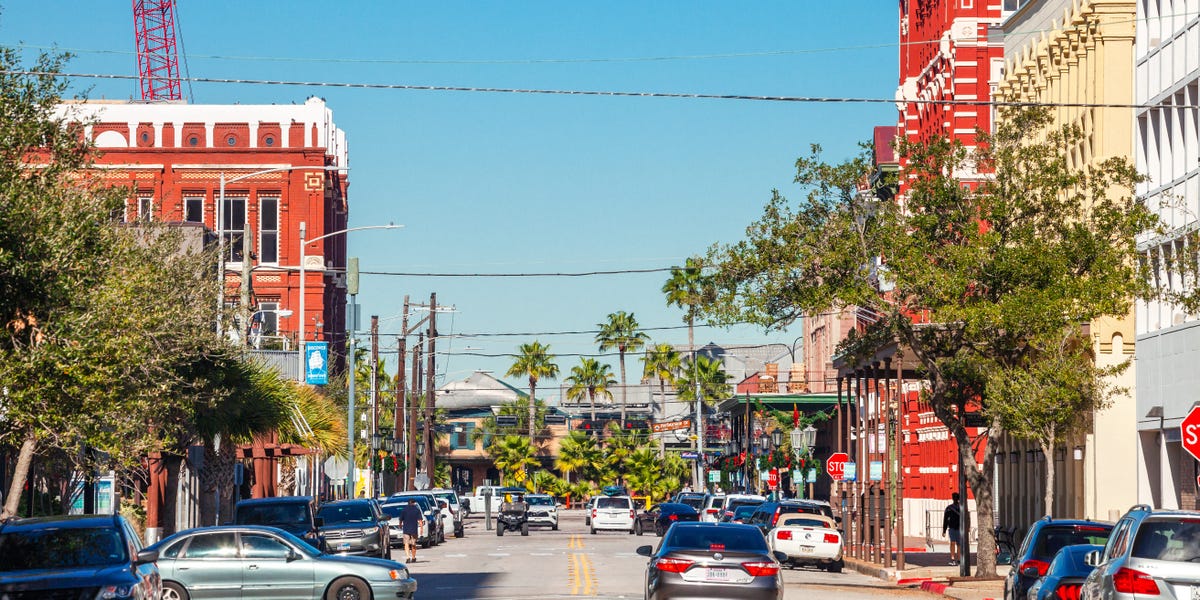F
alling home prices can have a double-edged effect on the housing market. While they may be welcome news for potential buyers, they can also lead to a surge in underwater mortgages, where the amount owed on a loan exceeds the property's value. According to ATTOM, a real estate data provider, this phenomenon is particularly prevalent in certain regions of the US.
In some areas, economic downturns and natural disasters have led to plummeting home prices, resulting in seriously underwater mortgages. These are defined as loans with a loan-to-value ratio of 125% or above. Other factors contributing to underwater mortgages include rising unemployment and population decline within neighborhoods, often due to the decline of industries crucial to local economies.
The states most affected by this issue are primarily located in the southern and midwestern regions, which tend to have lower-priced markets. The economies of fossil fuel-producing states like Louisiana, Oklahoma, and Kentucky are slowing as demand for alternative energy sources increases, leading to declining employment and real-estate prices.
However, there is room for improvement in these markets. If the housing market stabilizes and home values increase, homeowners with underwater mortgages can receive relief. ATTOM CEO Rob Barber believes that buyer demand has increased across the country this summer, which should boost home prices, while dropping interest rates will also benefit the housing markets in these states.
Here are the top 10 states with the highest percentage of seriously underwater mortgages:
1. Louisiana (10.5%)
2. Mississippi (6.8%)
3. Kentucky (6.3%)
4. Arkansas (5.4%)
5. Iowa (5.0%)
6. North Dakota (5.0%)
7. Oklahoma (5.0%)
8. West Virginia (4.7%)
9. Illinois (4.0%)
10. Missouri (3.9%)















